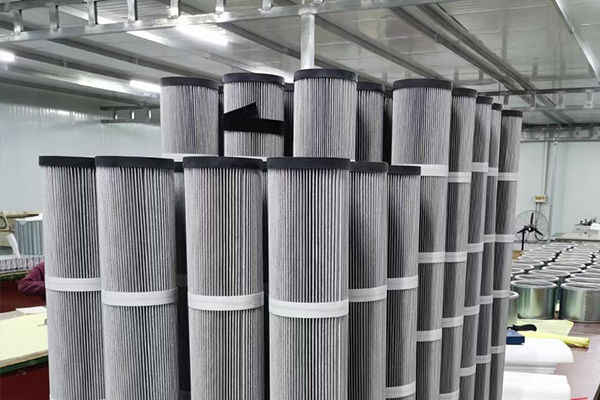What is the difference between 316 stainless steel wire and 316L stainless steel wire?
Release time:
2025-01-07
316 Characteristics: its corrosion resistance, atmospheric corrosion resistance and high temperature strength are particularly good, and can be used under harsh conditions; excellent work hardening (non-magnetic); uses: photography, food industry, coastal area facilities, ropes.

What is the difference between 316 stainless steel wire and 316L stainless steel wire?
These two different materials of stainless steel wire are first distinguished from the composition:
316 stainless steel wire composition: C≤0.08, Si≤1.00, Mn≤2.00, P≤0.035, S≤0.03, Ni: 10.0-14.0, Cr: 16.0-18.5, Mo: 2.0-3.0.
316L stainless steel wire composition: C≤0.03, Si≤1.00, Mn≤2.00, P≤0.035, S≤0.03, Ni: 10.0-14.0, Cr: 16.0-18.5, Mo: 2.0-3.0
Then look at the yield strength: 316 210 (N/MM2), 316L 180 (N/MM2)
Look at the tensile strength again: 316 520 (N/MM2), 316L 480 (N/MM2)
In fact, to put it more simply, the biggest difference in use lies in the 316L ultra-low carbon.Therefore, when welding, 316L carbon is not easy to precipitate and combine with chromium to form chromium carbide, which can reduce the corrosion of the welded part.
316 Characteristics: its corrosion resistance, atmospheric corrosion resistance and high temperature strength are particularly good, and can be used under harsh conditions; excellent work hardening (non-magnetic); uses: photography, food industry, coastal area facilities, ropes.
316L characteristics: As the low C series of 316, in addition to having the same characteristics as 316, it has excellent grain boundary corrosion resistance; use: In the use of 316, it is a product with special requirements for grain boundary corrosion resistance.
Tag:
Filter element
Filter material











